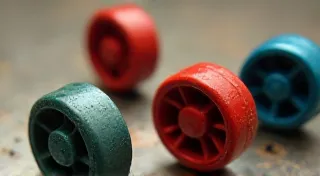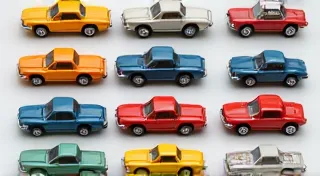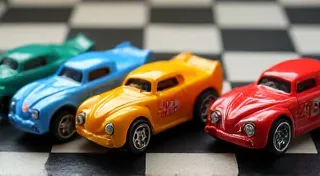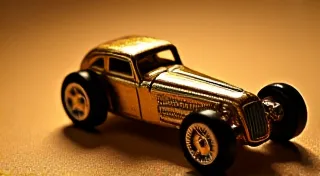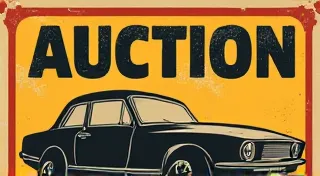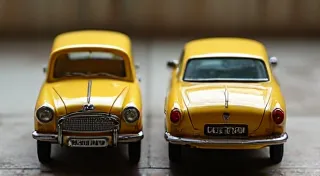Common Mistakes to Avoid When Collecting Matchbox Cars
Collecting vintage Matchbox cars can be a hugely rewarding hobby. The intricate designs, historical significance, and sheer nostalgia appeal to enthusiasts of all ages. However, like any collecting pursuit, it’s easy to make mistakes, especially when you’re just starting out. This article highlights some common pitfalls to avoid, so you can build a more valuable and enjoyable collection of Matchbox cars.
1. Focusing Solely on Rarity
While rare variations do command high prices, don't let the pursuit of rarity completely dictate your collection. It's easy to get caught up in chasing the most expensive models, but this often leads to disappointment and a narrow focus. Remember that collecting should be enjoyable. Build a collection that *you* appreciate, even if those cars aren’t the rarest.
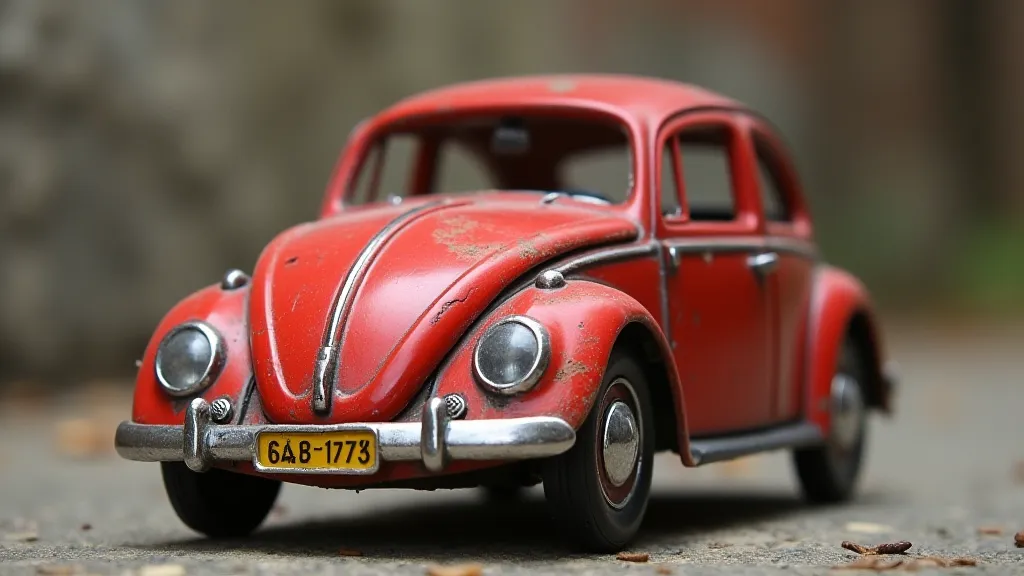
Consider building a collection around a particular era, color, or theme. This provides a more focused and manageable approach. Exploring different series can be a great starting point; you might find a series that particularly resonates with your interests – a look at common Matchbox car series can give you some fantastic ideas.
2. Ignoring Condition – The Biggest Factor
Condition is *everything* in collectible car collecting. A rare car in poor condition is worth significantly less than a common car in mint condition. Things to look out for include:
- Paint Loss: Scratches, chips, and fading dramatically reduce value.
- Wheel Issues: Missing, damaged, or rusty wheels are common problems.
- Broken Parts: Damaged windows, axles, or bases are detrimental.
- Playwear: Obvious signs of being played with – rub marks, discoloration – detract from the value.
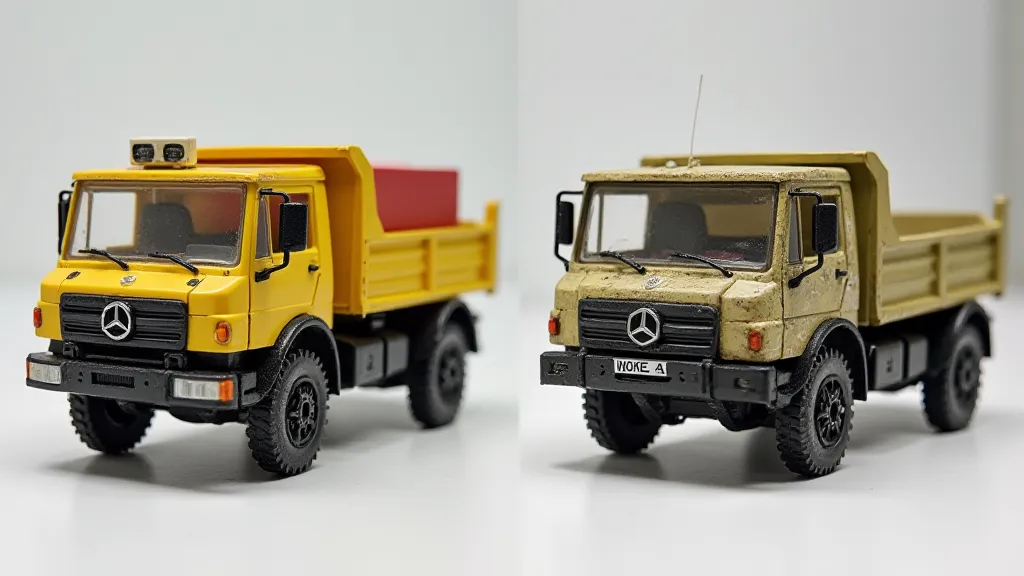
Learn to critically assess the condition of a car before you buy it. Don't be afraid to ask sellers for detailed photos and honest descriptions. Discrepancies between a car’s description and its actual appearance can be frustrating, and accurate assessment is key to long-term enjoyment of your collection.
3. Neglecting Originality
Originality is paramount. Modified or restored cars, even if they've been expertly done, are generally worth less than original models. Look for signs of alteration:
- Repainted Body: A uniform paint job, lacking the nuances of original factory paint, is a red flag.
- Replacement Parts: Non-original wheels, windows, or bases significantly decrease value.
- Tampered Boxes: If the car has a box, ensure it’s the correct box for that model and year. Evidence of tampering will lower the value.
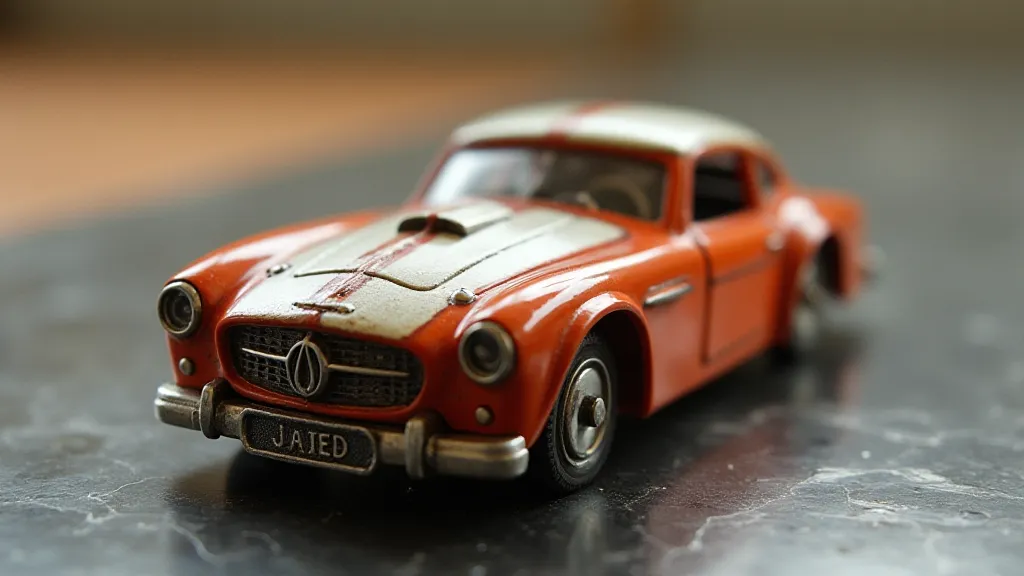
Understanding subtle variations can be crucial in determining authenticity. For dedicated collectors, the detective work involved can be a fascinating aspect of the hobby; you can learn more about identifying Matchbox car variations and honing your skills.
4. Buying Without Research
Don't rush into purchases. Take the time to research the car you're considering buying. Understand its variations, rarity, and price range. Resources like online forums, collector guides, and auction archives can be invaluable. Building a strong base of knowledge allows you to recognize genuine items and avoid costly mistakes.
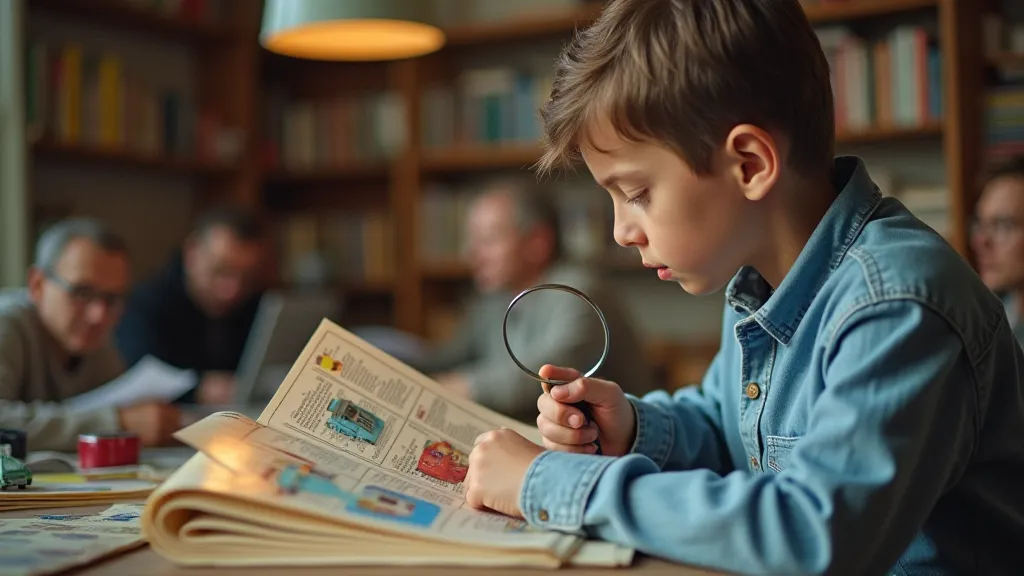
The community surrounding Matchbox car collecting is incredibly supportive, and connecting with fellow enthusiasts is a fantastic way to expand your knowledge and discover new treasures. You might find opportunities to connect and share your passion through Matchbox car clubs and online communities.
5. Assuming Price is Always a Guarantee of Authenticity
A high price doesn't automatically mean a car is genuine or in good condition. Unfortunately, fakes and misrepresented cars exist. Always do your due diligence, compare details to known references, and buy from reputable sellers. It’s important to remember that appearances can be deceiving, and thorough research is your best defense against fraud.
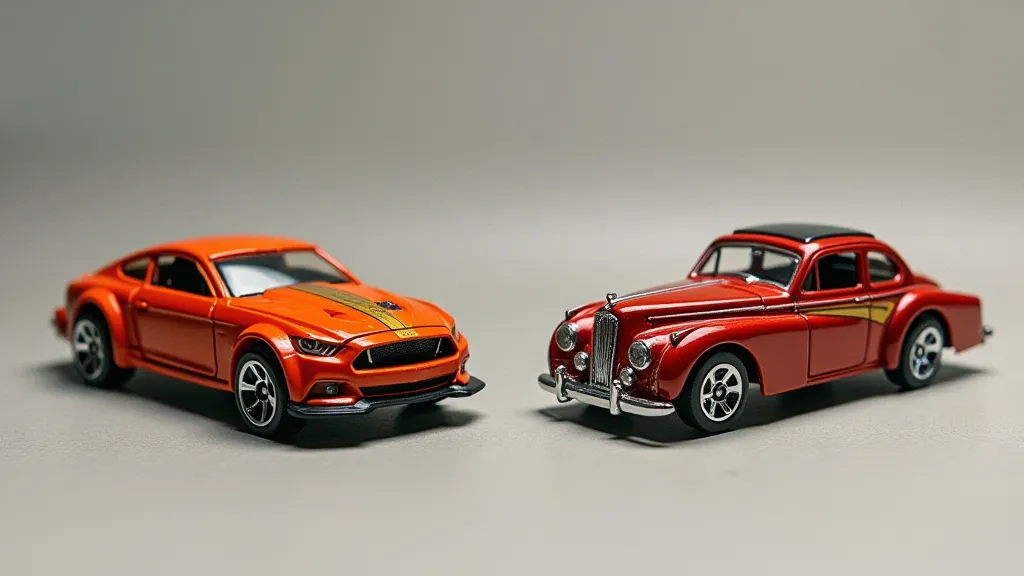
6. Disregarding the Box (When Present)
If a Matchbox car comes with its original box, the condition of the box significantly impacts the overall value. Look for boxes that are:
- Complete: All flaps are present and intact.
- Clean: Free from stains, tears, or fading.
- Correct: The box should match the car and year.
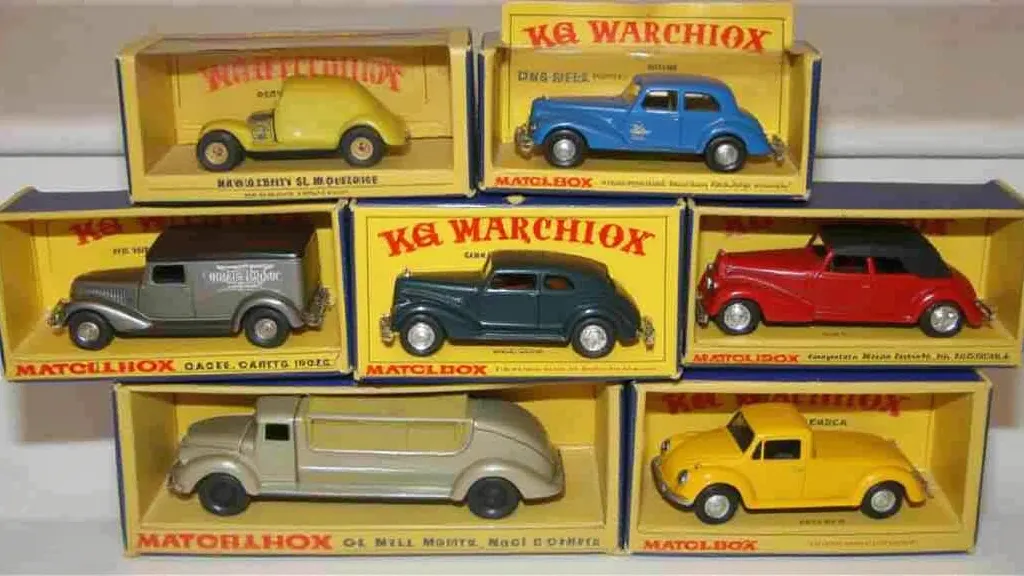
The quest for a car in pristine condition, complete with its original box, is a common aspiration for many collectors. Understanding the nuances of box conditions and matching them correctly to the car itself adds another layer to the collector's journey. For enthusiasts with a particular interest in European models, the variations can be even more pronounced.
7. Overlooking Regional Variations and European Models
Matchbox cars weren't just manufactured in the UK; there were significant production runs in other countries, especially in Europe. These often have unique colors, casting details, or even base markings. Recognizing these differences can significantly impact a car's value and adds another dimension to your collecting endeavors. The European Matchbox cars often have unique and intriguing stories behind them.
8. Ignoring the History and Context
Matchbox cars are more than just toys; they are artifacts of a particular time and place. Understanding the historical context in which they were produced can enhance your appreciation for them. Consider the era of automobile design they represent, the social trends that influenced their popularity, and the marketing strategies employed to sell them.
9. Neglecting to Protect Your Collection
Once you've built a valuable collection, it’s important to protect it from damage and deterioration. Store your cars in a clean, dry environment, away from direct sunlight and extreme temperatures. Consider using display cases or protective sleeves to keep them in pristine condition. Proper storage is an investment in the long-term value of your collection.
By avoiding these common mistakes, you can build a more rewarding and valuable collection of vintage Matchbox cars. Happy collecting!
